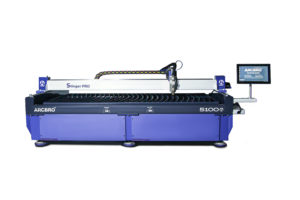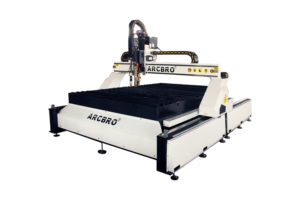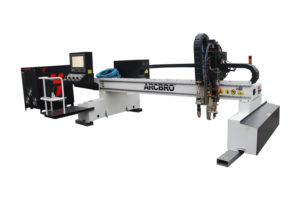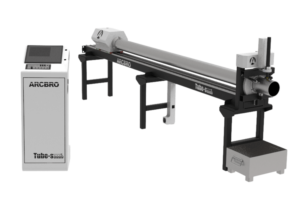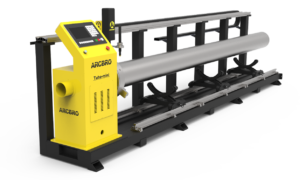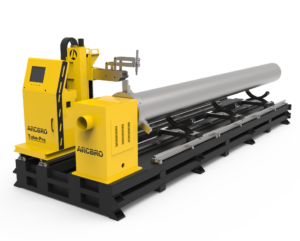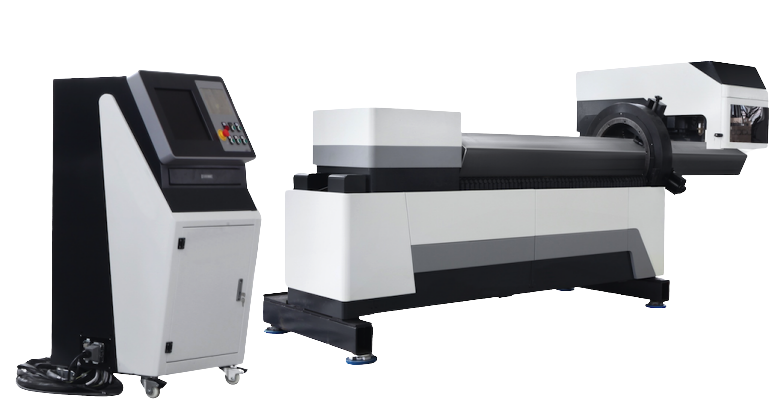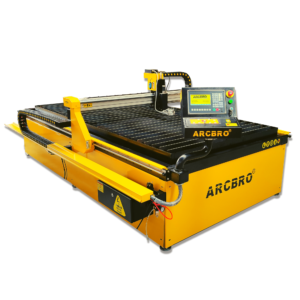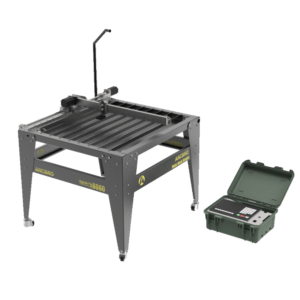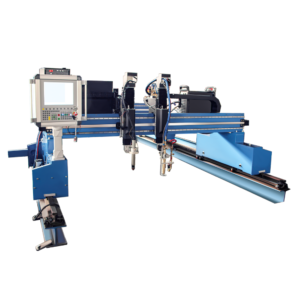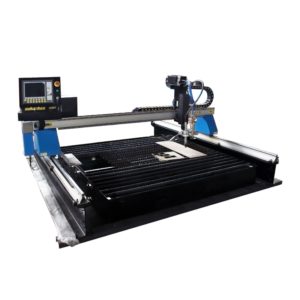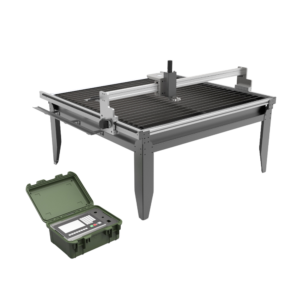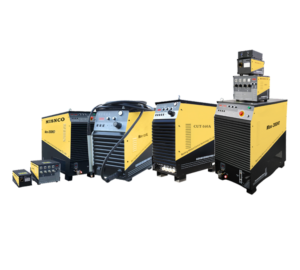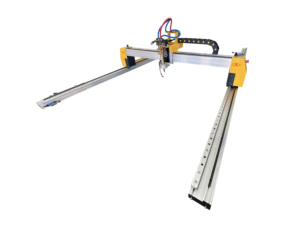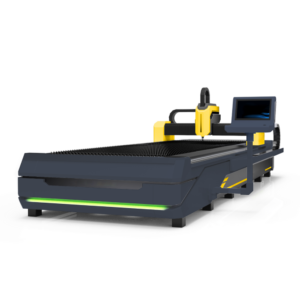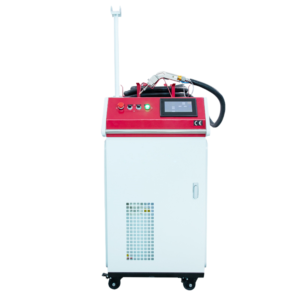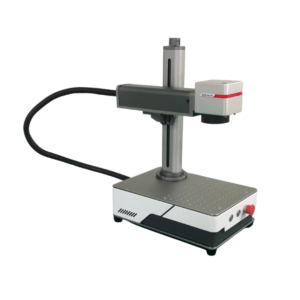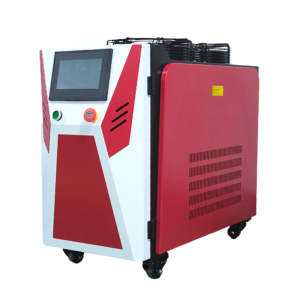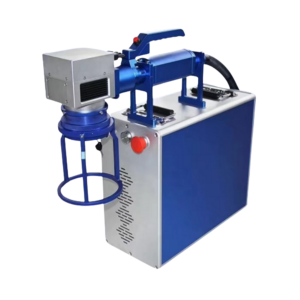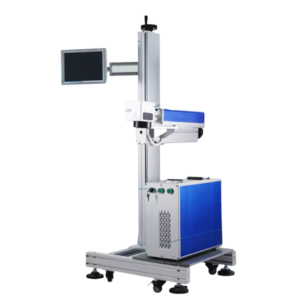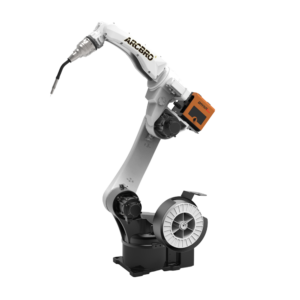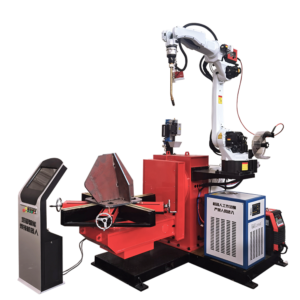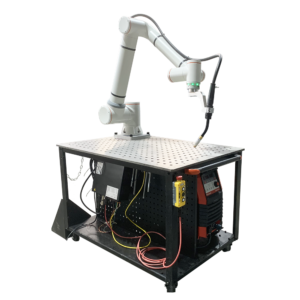We want to teach you how to optimize your ARCBRO table for production. ACCUMOVE motion control technology comes standard with a feature called Initial Height Sense Optimization. This feature focuses on reducing the time between sensing, cutting, and traversing—leading to shorter job cycles and increased part production. This feature stems from a highly accurate method of sensing called “ohmic” sensing, which uses an electrical connection to determine the exact location of the material. IHS then pairs this sensing technology with an advanced height control algorithm that is based on both the thickness of your material, and distance between pierces.
You can access this feature, along with other height control settings at the top of the Job Setup Menu in Visual Machine Designer. From left to right, we’re going to explain what each of these settings mean.
Ohmic sensing can be turned on or off. The only reason why you would turn Ohmic Sensing off would be because of a material’s inability to complete an electrical circuit. We would suggest doing this with powder-coated metals, or if the material that you have ordered has a PVC-coating. The Ohmic cap will not be able to sense the material through these coatings, and therefore should be switched to off. To compensate for this, we need to manually sense the material by jogging the z-axis down until the torch touches the metal plate. Click “Set” under the Top of Material setting to save this z-axis position in the controller. It will use this metric to calculate the pierce height and cut height in your material’s cutting parameters, which are located on the home screen.
The Retract Mode will be configured one of two ways, either full, or partial. If it’s in full, it means that the torch will retract to the top of the z-axis limit upon completion of the cut before moving to the next pierce. If it’s set to partial, you’ll need to manually set the traverse height of the torch.
This can be done through the adjacent setting titled “Partial Retract Position.” This setting programs the controller to raise the torch to a safe traverse height between cuts. Simply toggle the Z-axis up to a safe height for the plasma torch, and click Set. It will log that Z-axis height as the traverse height. You can assess your cutting situation for the risk of tip ups and set the partial retract height accordingly; generally, the bigger the parts, the less likely they are to tip up.
The next two settings, Material Thickness, and IHS, go hand in hand. If IHS is set to “always”, it means that the controller will activate an Ohmic sense before every pierce. If it is set to optimal, it means that the controller will use an algorithm based on material thickness and likelihood of material warpage to optimize the job with as few touch offs as possible. Simply program the thickness of material that you are cutting under the Material Thickness tab, switch IHS to optimal, and then press ok. When activated, these features will significantly reduce the amount of time needed to complete the job, especially when dealing with jobs that have high pierce counts.
If you have any questions about how to better optimize your table for production, please feel free to call us at 775-673-2200.
